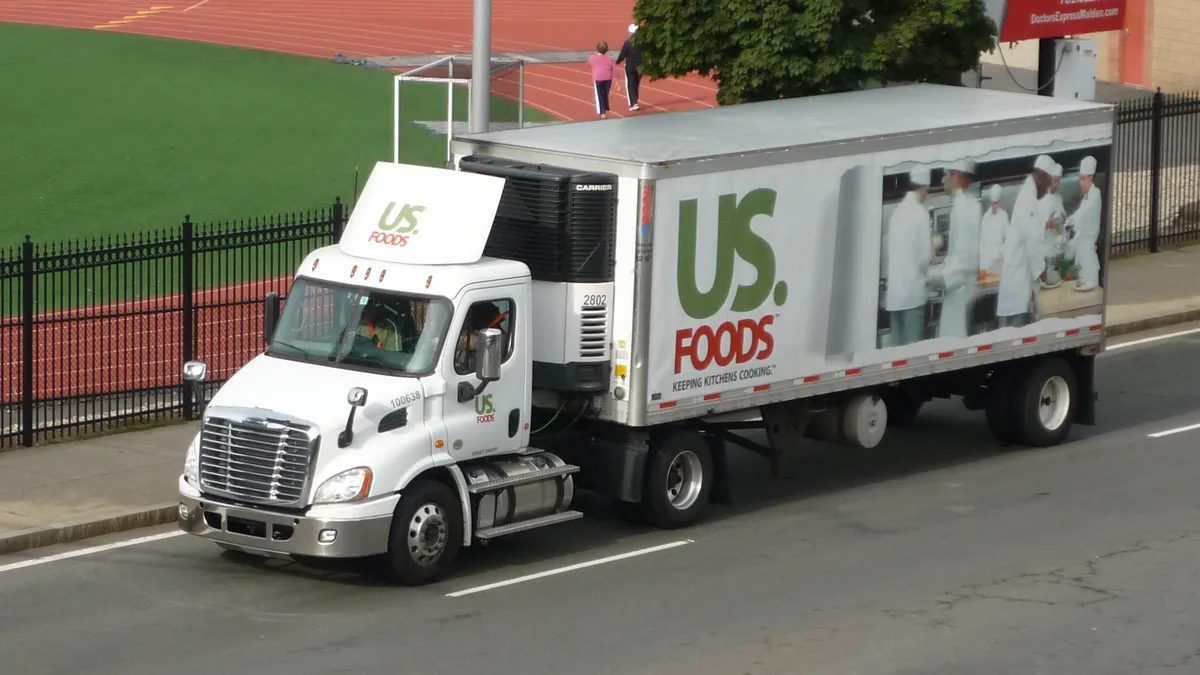Food distributor US Foods has been focusing on streamling its distribution operations to optimize its supply chain, which could result in some savings down the road, CEO David Flitman told analysts during an earnings call last month.
Improvements in distribution have come through US Foods’ Pronto small truck delivery service, which targets customers in densely populated areas. The CEO said the program, which now operates in 29 markets, will expand by an additional five to seven markets this year.
Routing optimization also has led to fewer miles traveled, which the company projects could lead to lower distribution and other administrative costs.
The company is currently piloting flexible scheduling, with plans to introduce flexible scheduling to other areas this year, as well as seven-day delivery in three markets, Flitman said. Meanwhile expedited delivery has contributed to three consecutive quarters of growth in US Foods’ independent restaurant segment.
“This work is just beginning and I expect savings to begin to accrue later this year, ramping up more significantly throughout 2024,” he said.
Other efforts include technology investments and increased adoption of its digital customer platform.
Flitman said US Foods’ sales has benefited from increased use of its MOXē platform, which allows customers to manage orders and track delivers in real time from a smart phone, tablet or computer. About 84% of the company’s sales are through e-commerce transactions, he said.
The MOXē platform paired with its team-based selling model give U.S. Foods a competitive advantage, Flitman said. Its sales teams include individuals with restaurant operations backgrounds so they understand industry needs, which builds stronger relations with customers.
These operational improvements have enabled the company to make quicker decisions, which contributed to the company’s 9.5% YoY sales gain of $8.5 billion in Q1, Flitman told analysts.
“Our service level to our customers is nearly where it was prior to COVID,” Flitman said. “While vendor service levels to US Foods are not yet back to pre-COVID levels, they continue to improve, which is very encouraging.”















